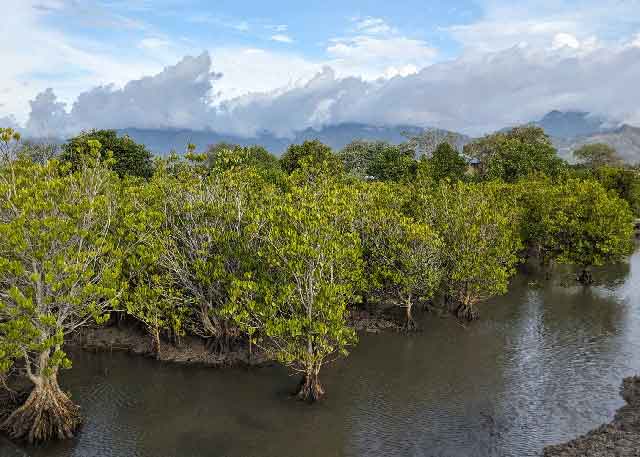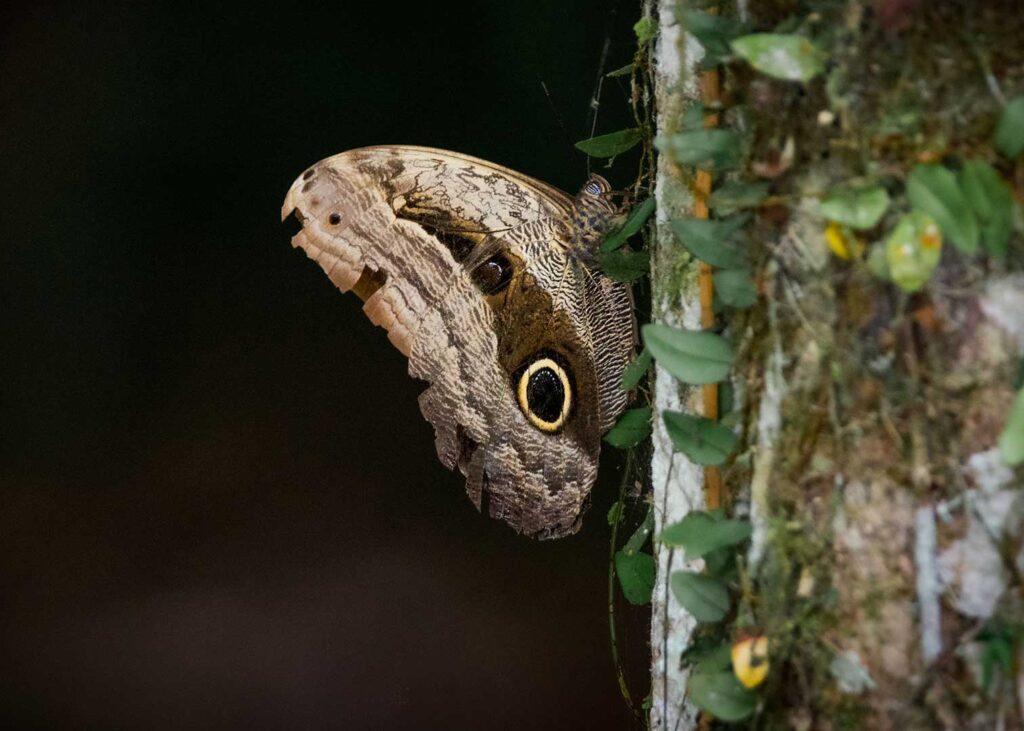Coastal and marine regions are some of the most biodiverse areas on the planet, featuring several rare and fragile ecosystems — like mangrove forests, coral reefs, and seagrass meadows, which host thousands of different aquatic species.
Coastal & Marine Restoration
Adapting ecosystems for coastal communities
Featured Image & Text
Restoring Mangrove Forests
Mangrove forests are key contributors to environmental health. While providing habitats for fish and birds, mangroves also have the potential to sequester far more organic carbon than other tree species.
The Magic of Mangroves
Mangroves are one of the most unique trees on the planet, achieving incredible social and environmental impact. Beyond high levels of carbon sequestration, mangroves create strong barriers that protect coastal villages against natural disasters.
PUR actively develops programs on how to generate income through sustainable management of mangroves—ensuring that they are seen as a valuable natural resource to be protected for the long-term future.
Regenerating Marine Ecosystems
To regenerate marine ecosystems and mitigate global warming, PUR engages coastal communities to plant mangroves and develop onshore agroforestry projects.
Mangrove ecosystems directly support the well-being of many other organisms, including humans, plants, and animals; particularly fish and mollusks. They provide habitats and nurseries for more than 1,500 species, while creating barriers that protect coastal villages against natural disasters like storms and tsunamis.
“Protecting mangroves and restoring damaged ones also helps combat climate change through carbon sequestration as they are some of the most carbon-rich ecosystems on the planet, storing on average 1,000 tonnes of carbon per hectare in their biomass and underlying soils.” — UN Environment Programme
Multi-Stakeholder Approach
Rights, responsibilities, and ownership of coastal regions is a complex topic. This is why PUR works in parallel with communities and governments at the local and national level, ensuring that the correct stakeholders are given the ability to create sustainable impact and value.
To build successful long-term collaborations, we have developed evidence-based strategies that provide a clear mandate to clients and local communities, detailing how they can support the program and benefit from its implementation.
Driving Change
Through innovative insetting projects, we provide companies with significant opportunities to sequester ‘blue’ carbon, strengthen biodiversity, generate sustainable resources for local communities, and protect coastlines from rising sea levels.
Latest Articles

The Magic of Mangrove Ecosystems

Using Remote Sensing to Measure Key Outcomes

4 Key Benefits of Agroforestry
